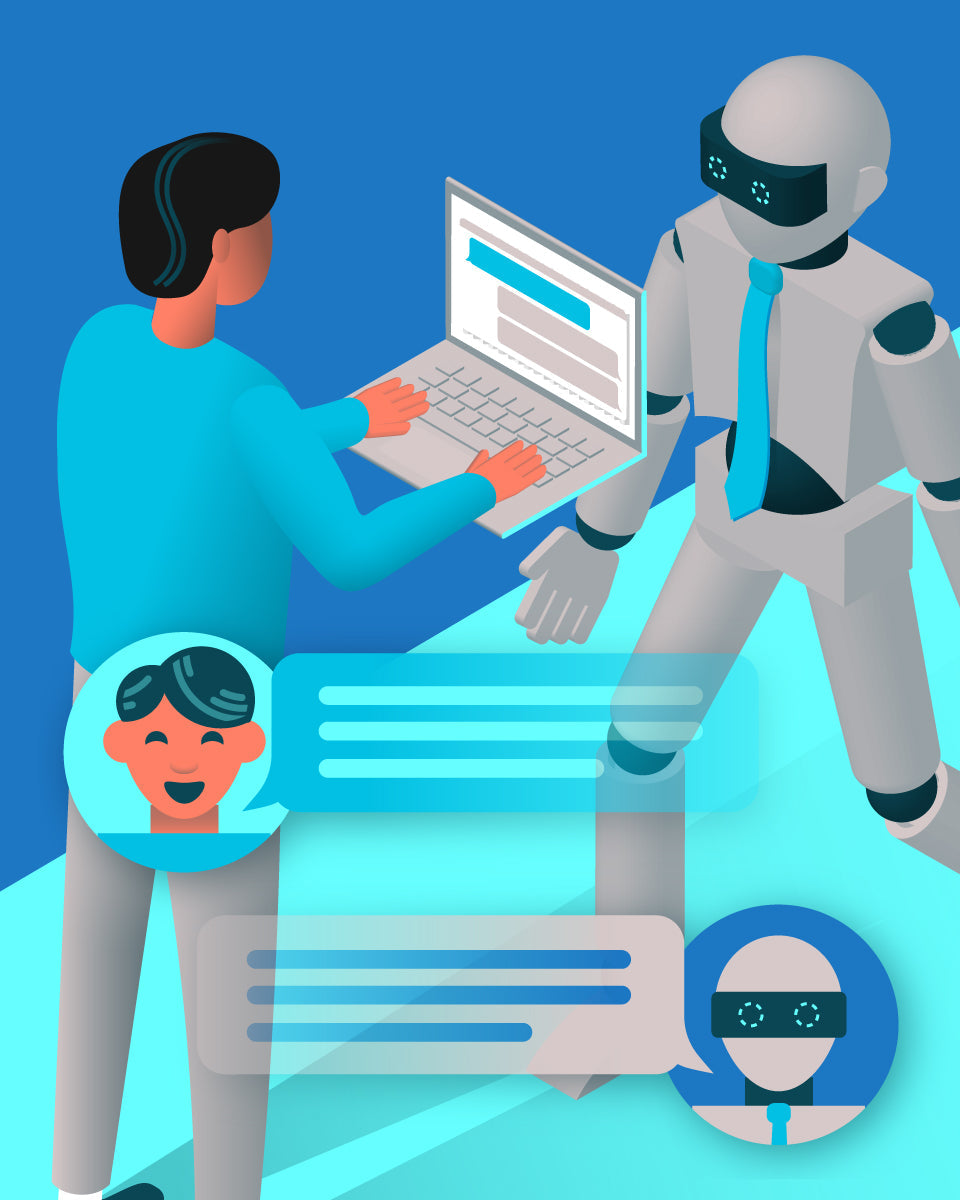Automation in the Workplace
Early forms of automation were developed for factory production: textiles, automobiles, food, toys, and most other consumer products are manufactured in factories that use automation as part of their production line, with both human and computer oversight. For more regarding the start of automation, Introduction to Automation blog. But when we talk about automation in the 21st century, we are also talking about digital automation. Digital automation shares the same principles as machine automation in that a task is repeatedly completed without human intervention. Businesses all over the world rely on automation of their digital processes to increase their productivity. Let’s look at a few ways businesses put automation to use.
Marketing Automation
One of the most common ways digital automation is implemented in businesses outside the manufacturing sector is email automation, which allows companies to reach segments of their customer base with targeted messages. When organizations have thousands or hundreds of thousands of customers, the ability to bring relevant messages to individuals is invaluable. However, even very small businesses rely on email automation to stay in touch with their customers after the point of sale.
Email automation has many components and requires a database of client email addresses with data beyond simple contact information, such as which product the customer bought, or how long they have been a client. Fortunately, automation can be used at this stage as well: when a customer buys a product, they can be automatically added to lists determined by the business. The business can then build out email campaigns for each audience. Emails can be scheduled according to a time frame (you have one day before your coupon expires!) or other criteria (we see you’ve left items in your cart!).
Reports like this one from Fluent show that while 51% of those surveyed say they receive too many marketing emails, 26% say they visited a brand’s store or website after receiving a promotional email. For this reason, email automation is a significant concern of any modern marketing department.
Business Automation
Digital automation can also play a significant role in human resource management, customer service, and sales. Tedious tasks like comparing PTO schedules or fielding basic customer support questions can easily be handled by computers, and in the future we will likely see more of this as machine learning develops. Take for example Amazon’s chatbot, which can process returns, replacements, and order tracking. Automating simple tasks like these frees up employees to handle more time-consuming and complex problems.
Many early developments in business automation are so much a part of daily life, we no longer stop to think about them. In the future, the phrase “punching the clock” will be totally idiomatic, as the punchcards of timesheets past recede into memory. Smart calendars and automated task management softwares keep us all on track, allowing us to plan our workdays and connect with our coworkers in just a few clicks. The transition to remote work for many white-collar businesses during COVID-19 has made digital automation even more a part of daily life.
The Future of Workplace Automation
Machine learning and artificial intelligence are two commonly cited areas in which automation will develop in the coming years. You may have noticed that your emails and documents offer to complete themselves these days. Businesses can take advantage of these technologies to offer better chatbots and auto-responses to customers, as well as better employee management on the internal side.
Workplace automation isn’t a universal crowd-pleaser. The automated call systems of many large organizations are a continuous source of annoyance and difficulty, while receiving too much spam email even in your work inbox is a common complaint. But it does not seem likely that these problems will be solved with less automation. Instead, digital automation must become smarter, faster, and more intuitive, and the humans who oversee the process have to keep up.


Share:
Automation Go-To Guide Part 1: What is Automation?
3 IoT Solutions Revolutionizing Business